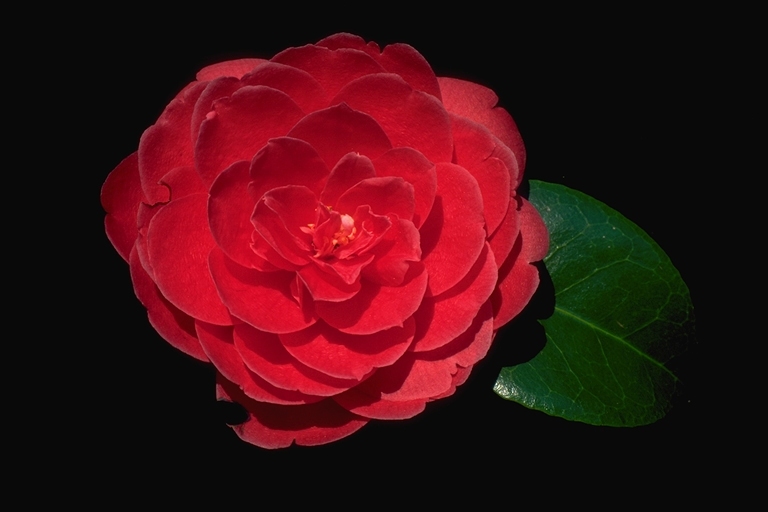Villa Carlotta
Via Regina, 2 - 22016 Tremezzina
Tremezzo, Como
Hours
Opening 2024: 22nd March
What's on
The beauty of the camellias announces the spring!
Via Regina, 2 - 22016 Tremezzina
Tremezzo, Como
Opening 2024: 22nd March
The beauty of the camellias announces the spring!
The flowers have different colours and streaking, but also very different forms: some with a single flower, others with a double flower, some whose flowers resemble peonies while other cultivars look like anemones.
The predominant species is Camellia japonica, which was imported to Europe in the latter 1700s. It was so beloved by enthusiasts that as early as the start of the nineteenth century the breeders had obtained seven hundred new cultivars. Today there are tens of thousands and several specimens present in the park are cultivars that growers have dedicated to important figures of the Italian Risorgimento. So, we have camellias called Conte di Cavour, Garibaldi, Giuseppe Mazzini, and Vittorio Emanuele II. Walking through the park, visitors can then ponder the most exciting moments of the constitution of the Italian State.
In 2019, a nook of the Villa Carlotta park was given a facelift: in the autumn of 2018 a large lime tree was blown down by strong winds at the end of October. As it fell, the tree damaged a cherry-laurel hedge on the western terrace and the damage turned out to be an opportunity to redevelop this small section of the garden. So, in this flowerbed, the cherry-laurel and Japanese aucuba were replaced by a series of camellia specimens, which – as plants – connect with the large camellia hedges that populate the area behind the villa.
To decide which cultivars to be included, Villa Carlotta relied on the expertise of the Italian Camellia Society’s Andrea Corneo, who recommended a list of camellia names appropriate for the context and corresponding to specimens found in specialized nurseries. About fifteen cultivars were selected and dedicated to the characters or themes relevant to the years of the Italian Risorgimento simply because in the park there are already several specimens of cultivated varieties testifying to the passion for camellias typical of this historical period and precisely through their names narrate an episode of Italian history and the patriotic passions that inspired it.
Villa Carlotta’s new camellias keep alive the soul of this park, which is full of beauty but also of passions rich in history.
The camellia was brought to Italy at the end of the 1700s. The first to reach the country was a specimen planted by the gardener Graefer, in the English garden of the Royal Palace of Caserta.
The passion for this genus and for the species from which modern cultivars derive was fuelled by the writings of Abbot Lorenzo Bernardo Berlese, who was born in Veneto but lived in Paris, where he became one of the leading botanists of the time. To him we owe an important monograph on the variety and the information that all European camellia cultivars were obtained from that single camellia planted in Caserta.
At the beginning of the nineteenth century it became fashionable to cultivate camellias and it turned into what could be called an outright mania. The biggest centres for cultivating camellias were Florence and the Lucca district in Tuscany; Milan and Brescia in Lombardy, and then Genoa. These places are located in geographical areas whose climate favours the growth of these plants.
Growers of new camellias worked actively to obtain new varieties and ran very productive nurseries. It is said, for example, that in the Milan garden of Dr Luigi Sacco, pioneer of anti-pox vaccination, there were 12,000 plants. Among these passionate botanists, there was probably some competition but there was certainly plenty of opportunity for cooperation and cultural exchange.

A curious choice of names was attributed to the varieties that were gradually created: some were given “poetic” names (Jewel, Sunset, Swan ...), others inspired by illustrious members of the Italian aristocracy (Paolina Maggi, Princess Clotilde, Countess Belgioioso Nova), and several were christened in honour of historical events and figures: Count Cavour, Garibaldi, Pius IX, 22 March 1848, and so on.
There are some whose names conjure up the enthusiasm that united the patriots to whom the Unification of Italy is owed: Rome Resurrected or Italy United.

